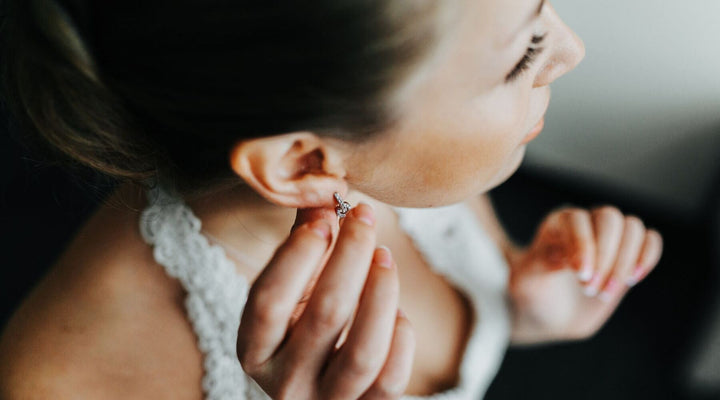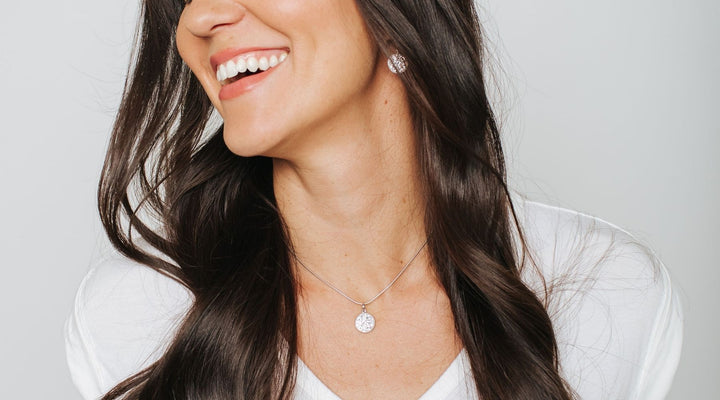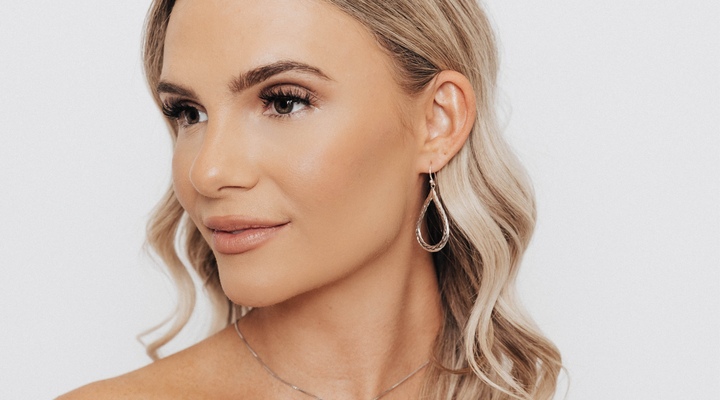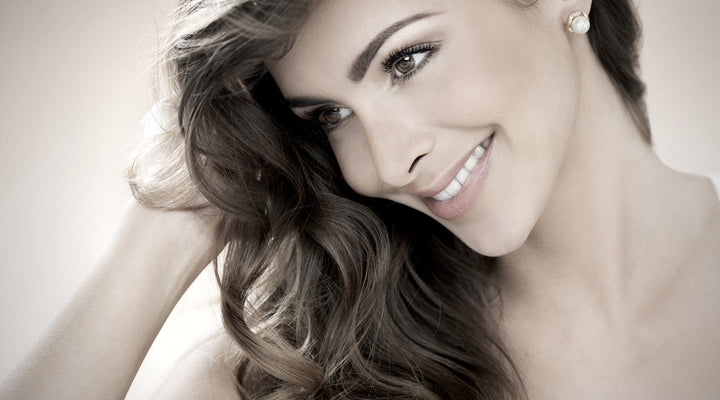A Brief History of Hoop Earrings
Are you a fan of hoop earrings? Learn the history of hoop earrings and gain a new perspective on this beloved and powerful style.
Keyword(s): history of hoop earrings
While hoop earrings are one of the lightest pieces of jewelry you can wear, they carry the weight of the world. As one of the oldest accessories in human existence, hoop earrings have significant meanings for different cultures.
While they were once worn by kings and queens to signify power and social status, hoop earrings are now considered a statement of unity and strength. Hoop earrings stand out, just like the strong women who sport them.
Keep reading to explore the history of hoop earrings and to learn how they have evolved over the years.
History of Hoop Earrings
Hoops have been around almost as long as humans have. From ancient Egyptians to American style icons, both men and women have sported the famous look.
Origin of Hoop Earrings
Hoop earrings were worn by ancient Greeks, Romans, Asians, and Egyptians. What began as a way to identify tribal members turned into symbols of religion and power within societies.
The first hoop earrings originated around 2500 B.C.E. in Nubia, an African civilization located in what we now call Sudan. The ear jewelry was created in gold, silver, and bronze. In 1000 B.C.E., tapered hoop earrings spread to other cultures around the world.
In 1500 B.C.E., Egyptian men and women both flaunted gorgeous hoops on their ears. They believed earrings enhanced a person's beauty and were made using twisted gold wire and beads. Royal Egyptians wore heavy and thick gold hoops to symbolize their wealth and power.
Ancient Roman and Greek art show that these cultures embraced hoop earrings as well. The jewelry was predominately worn by women, but men with high social status sometimes sported hoop earrings as well. In ancient Persia, carvings depict soldiers wearing a single hoop earring in each ear.
Fast Forward to the 1600s
Europe saw a decline in ear jewelry through the 1600s. This was largely due to elaborate hairstyles, headpieces, high collared clothing that covered the ears.
During the 1700s Century, small, pear-shaped pearl earrings were more popular throughout European cultures than hoops. This is also when men began cutting back on their earring usage and would instead only sport the jewelry in one ear.
During the 1820s, light hoop earrings were more popular than heavy-weight pendant jewelry. Fashion trends during this time replicated historical styles with heavy inspiration from Roman cultures that led to greater popularity in large, gold hoops.
Hoop Earrings in the 20th Century
In the United States in the 1900s, there was a mix of negativity around hoop earrings. Many people saw them as symbolizing Native American and Latino culture. Many American women stopped wearing earrings altogether so they would not be categorized as an immigrant.
The stigma surrounding ear piercings in the United States was short-lived. By 1910, simpler hairstyles, lower cut outfits, and updos that flaunted the ears instead of hiding them. This led to a rebirth of earring popularity among American women.
The early 1920s introduced exotic styles that brought the hoop earring back into the spotlight in America thanks to Spanish and Egyptian influences. The discovery of King Tutankhamen's tomb in 1922 rebirthed the notion of gold hoop earrings symbolizing power and high social status.
The updos and short hairstyles of the 1920s and 30s made earrings an essential finishing touch to outfits. Shoulders were being exposed with low-cut blouses, and a pair of gorgeous hoops matched perfectly. American entertainer Josephine Baker loved wearing gold hoops on stage.
Hoop earrings were the signature look of the 1960s as they matched with the clean, straight-hair trend of the decade. During the 1970s, hoops in silver, chrome, kinetic, and tribal designs were very popular. Cher and Diana Ross were notorious for flaunting large hoops with intricate designs.
The 1980s brought new jewelry designs with jagged shapes and drops. This pushed hoop earrings to the back burner temporarily, although the design never went out of style.
Hoops continued to be popular among women throughout the 1990s and early 2000s thanks to hip hop culture and Latino influence.
The Meaning Behind the Hoops
Hoop earrings are worn by many people throughout the world today and continue to be one of the oldest fashion trends alive.
Hoops are empowering. They symbolize strength and international fashion. Being a circle, hoop earrings show unity, infinity, and wholeness.
Hoop earrings have been a staple of Latino culture. As minorities and immigrants in America and Europe, hoop earrings became a symbol of strength, identity, and resistance to discrimination. For young Latino girls, it is common to receive a pair of small hoop earrings at a young age from their mothers or grandmothers.
Hoop earrings are for the bold. With so many different designs and sizes, hoop jewelry stands out more than any other type of earring. Stud piercings blend in and can be easily overlooked while dangling hoops demand attention.
Cardi B, Michelle Obama, Jennifer Lopez, and Beyonce are just some of the influential women in today's culture who love sporting hoops. They are seen as more than just fashion pieces, but respectful nods to the Dominican and African cultures where they originated from.
Stay in the Loop
Hoop earrings are a staple of many different cultures and continue to evolve as both a fashion accessory and symbol of strength. Understanding the vast history of hoop earrings should make you proud to flaunt the bold and beautiful apparel.
Stay in the loop with all things jewelry by following our blog. We've got all of the tips, tricks, and advice you're looking for. Click here to check it out.
Like this blog post? Don't forget to pin it!




































